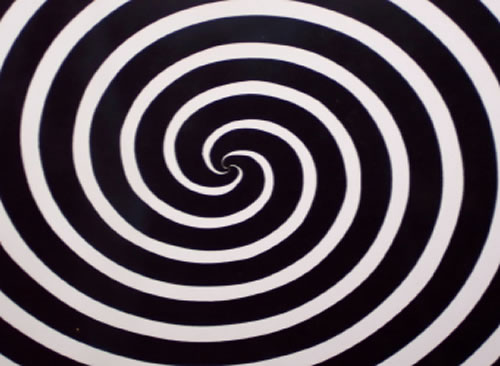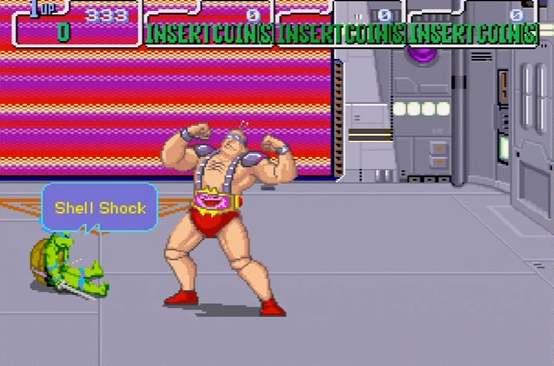Here’s the deal:
Ever since Roderick Q. Videogame invented the Cathode Ray Tube Amusement Device in 1947 – or at least, ever since Tommy Henderson beat like, five kids in a row at Pong, I swear, in 1972 – video games have delighted and amused. Though it took a while for games to go from “stuff the math kids are into” to “multibillion dollar industry” to “holy fuck, look at what the rocket launcher did to that dude’s torso,” word of mouth certainly helped.
Sometimes word of mouth can lead to learning great tricks, like the Pac-Man kill screen, slipping behind scenery in Mario 3 and the Konami Code (most of my video game expertise ends around 1995).
However, it sometimes can create a game of “telephone” where your cousin tells you Yoshi and Kirby can meet in Super Mario World but if they try to absorb each other, they explode, and in Mortal Kombat II you can rip a man’s throat out his foot.
The king of all gaming legends, though, is Polybius.

As the story goes, in 1981 a new arcade cabinet named Polybius began popping up around Portland, Oregon and soon became incredibly popular. Gamers would line up at the machine and play in a trance-like state, finding the little white triangles shooting the little white spheres amaaaaazing (statements about the gameplay vary, but that’s one of the more common descriptions).
Some gamers later experienced seizures, insomnia and night terrors, but why such “bonuses” kept people coming back is anyone’s guess. Maybe drugs just weren’t enough in Ronald Reagan’s America.
While these gamers were getting incredible kicks from things we’ll never know, the Men in Black (of the non-Jiggy variety) were busy compiling brain-scrambling data for some nefarious purpose – mind control, super-soldier programs, market research for BurgerTime? No one knows. They would be seen in arcades sporting the cabinet, paying very close attention to whether Fat Alan got to level six or seven. But just as quickly as the game appeared in arcades it was whisked away, never to be seen again.
Since the spread of the legend, a title screen (above) and grainy picture of a cabinet have emerged…
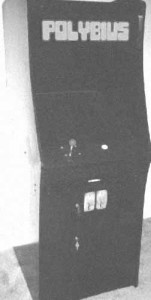
along with some homemade fan cabinets…
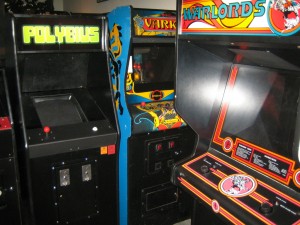
and appearances in media, including an episode of The Simpsons. This reference makes sense since creator Matt Groening is a Portland native. Also since he’s a secret government operative.
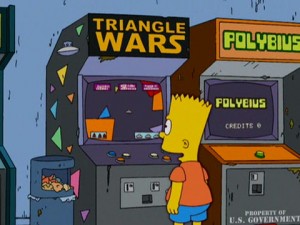
Some fans have even made mockups of the gameplay, of varying believability, with clips searchable on YouTube. And while this is certainly one for the urban legend file, like most urban legends it’s a story we so want to be true – if for no other reason than a creepy campfire tale about a video game being preferable to the actual scariest thing about gaming culture: The Teenage Mutant Ninja Turtles arcade game taking like forty bucks to beat.
But seriously, up up down down left right left right B A.

